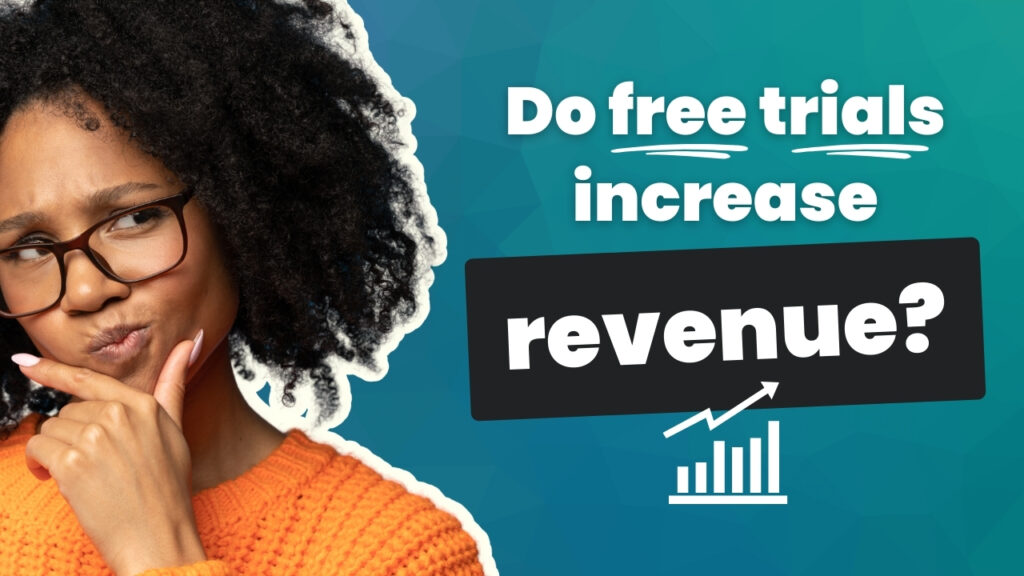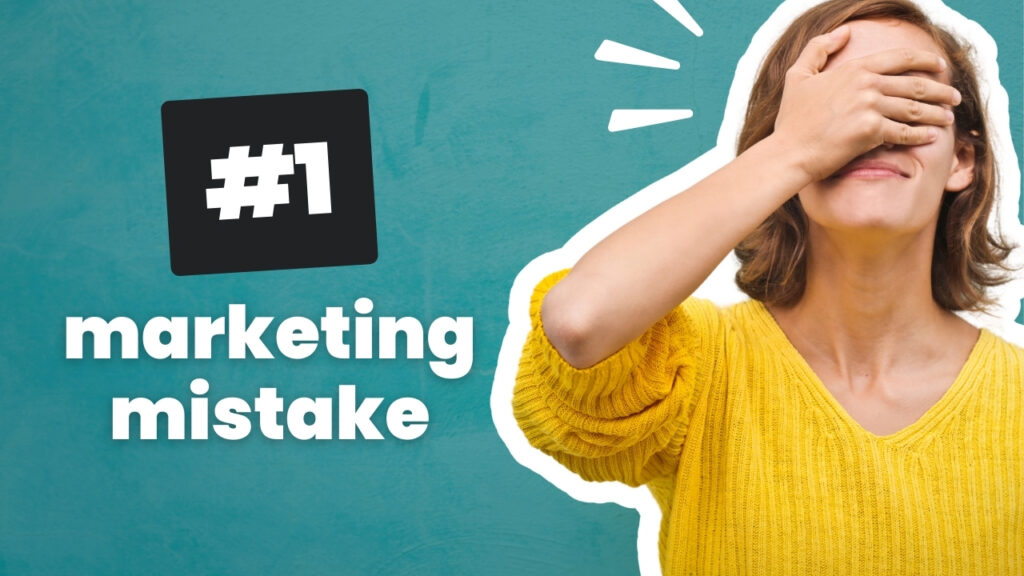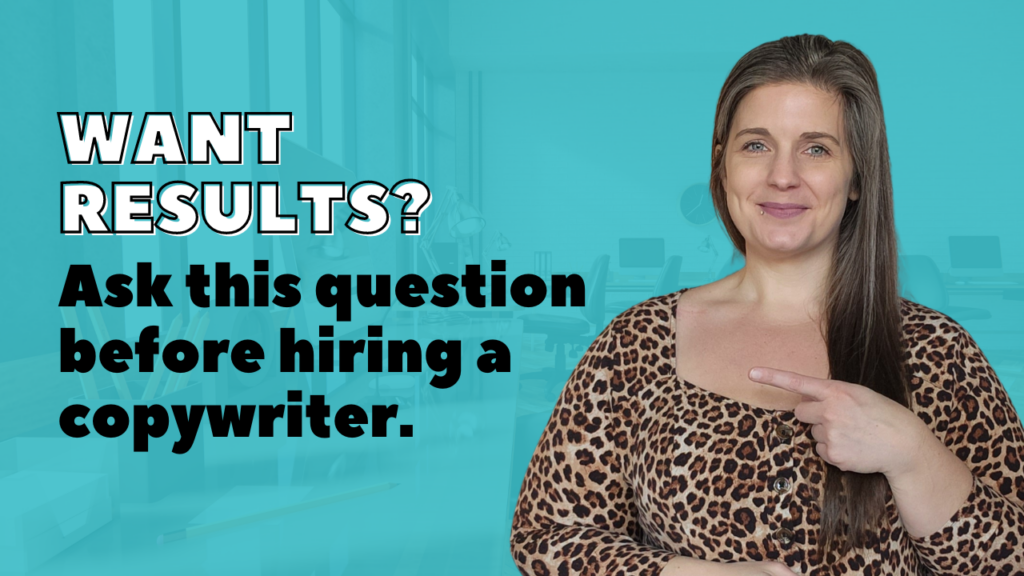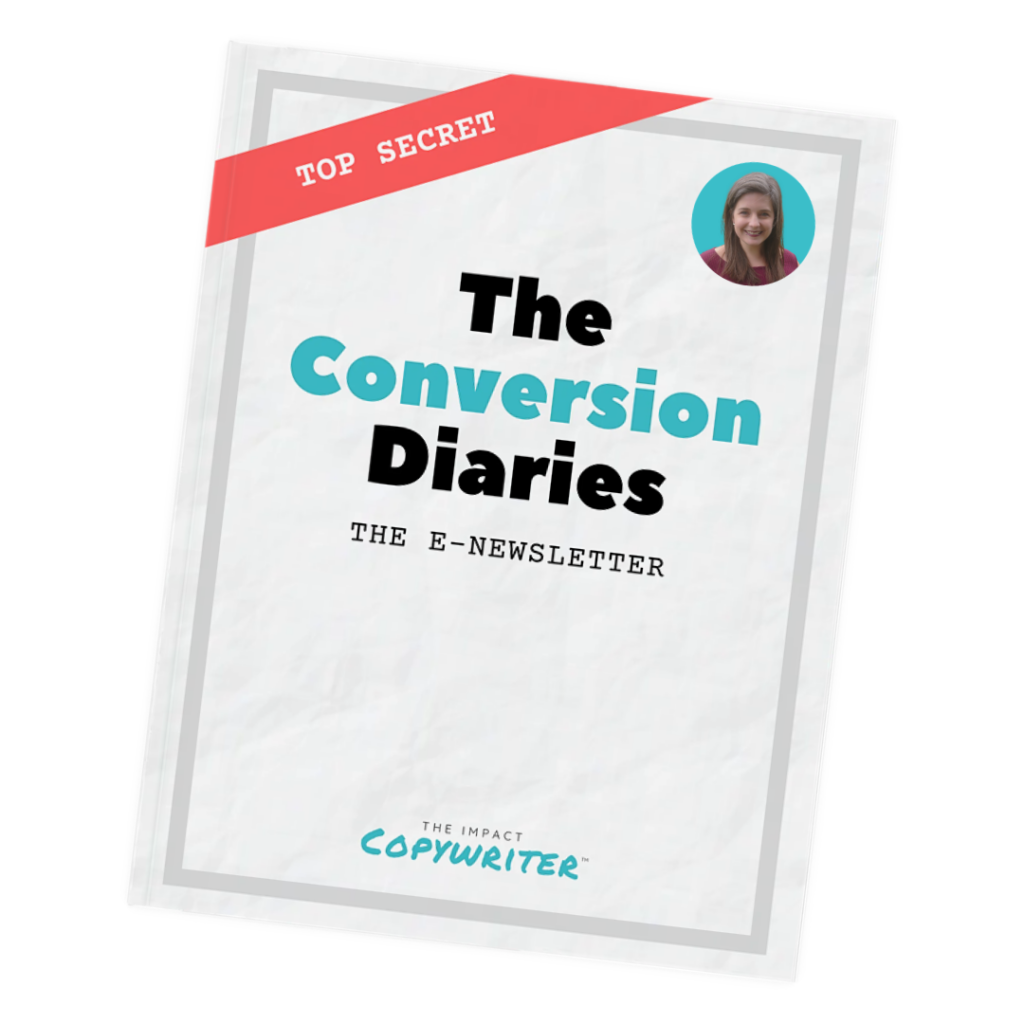Digital marketing is overwhelming.
You feel the pressure to be on Facebook, Twitter, Snapchat, Instagram, Periscope, YouTube. You need to create blogs, infographics, videos, lead magnets. You need to have killer copywriting and design. You need to have sales funnels.
The “You Need” list gets bigger and bigger.
Do you feel the pressure to be everywhere + do everything?
I know I certainly did. I have felt this way in every marketing position I’ve ever been in. And I definitely did when I started my own business.
For the past few weeks, I’ve worked long hours trying to check off tasks on an ever-growing and never-ending todo list.
Then I realized something: I’m not Coca Cola.
I’m not a big brand, and I don’t need to be top-of-mind to everyone. All. The. Time. I don’t have a big brand’s budget. Everything I invest in has to pay off big time.
What I do need to be is connected to the right people (my ideal customers) at the right time.
Enter the Essentialist Approach to Digital Marketing
Last week I read a mindset-shifting book called, Essentialism: The Disciplined Pursuit of Less by Greg McKeown. After swiping through the first chapter, I already started to change how I approach digital marketing.
Essentialism proposes an alternative to the ever-constant busy-ness that most of us live in with one simple tenant: do less but better.
By doing less of everything nonessential and focusing precious time on the few right things, we can maximize our return on effort and reach our highest impact.
“An essentialist deliberately distinguishes the vital few from the trivial many, eliminates the nonessentials, and then removes obstacles so the essential things have clear, smooth passage. In other words, Essentialism is a disciplined systematic approach for determining where our highest point of contribution lies, then making the execution of those things almost effortless.” – Greg McKeown
How to apply Essentialism to Digital Marketing
McKeown doesn’t specifically address entrepreneurship or digital marketing. The book is more of a general guide to life.
Yet, the lessons inside can easily be applied to how you run your business, especially if you have a small team, especially if you’re a solopreneur., especially if you have a small budget, and especially if you want to have a fulfilled life outside of running your business.
The answer is to focus on only the essential marketing activities. By doing this, we drastically increase the return on effort that we put into growing our businesses.
#1. Define your #1 goal.
McKeown says that most people, as well as companies, make goals and mission statements that are overly vague and lack clarity.
“When there is a lack of clarity, people waste time and energy on the trivial many.”
The first step is defining what he calls your Essential Intent. It’s a goal that’s inspirational and concrete. For example, after Hurricane Katrina, Brad Pitt’s foundation “Make It Right” set an essential intent to “build 150 affordable, green, storm-resistant homes for families living in the Lower 9th Ward.”
It’s specific, it’s inspirational, and most importantly, it’s measurable.
#2. Identify the marketing activities which are absolutely necessary.
Weigh everything against your #1 goal. Trying asking yourself: if I didn’t do this, would it affect my #1 goal?
- If I didn’t have a website, would it change anything? Absolutely. No one would be able to find you online.
- If I didn’t post to this Twitter account, would anyone notice? Nope, cross it off.
#3. Create only content essential to your core offerings.
For example, if have a business that sells pools, I should write about the types of pools I sell. I wouldn’t write a post about the 10 Most Luxury Pools in the World if I don’t actually sell any of those.
Though interesting, the people visiting that post aren’t going to be as interested in my less-than-luxurious ones.
#4. Only create evergreen content…
… (content that’s always relevant) instead of seasonal content, e.g. 15 Holiday Ideas for Your Facebook Ads.
#5. Repurpose your best content.
For example, take a popular video. Write it into a blog post and post it on your site. Strip off the audio and put it on your podcast channel. Add the lesson to one of your automated nurturing email drips… assuming that all these outreach channels are essentials.
#6. Be super picky with social media.
Choose the top 3 (at most) social media watering holes that put you THE CLOSEST to your customers. Yes, that includes online forums and communities – even Facebook groups.
#7. Say no to everything else. There’s no need to explain this one.
Essentialism in action: This is what I do
If this is hard to grasp without a concrete example, let me share with you my current strategy.
My Essential Intent: Help 1 changemaker per month with conversion copywriting so the entrepreneur can 10x his or her impact on the world.
The core stuff: I have a website, Upwork profile, and an email list.
The website is essential for future clients to find out more information about me. I also find new clients through Upwork. And I have an email list so I can better serve and connect to other changemakers.
I’m building out sales funnels to help the right clients find me, which saves time currently consumed with finding the right projects.
Content for authority building + outreach: I blog to build authority as an expert and to reach changemakers who don’t know me yet. I only write about topics like digital marketing, sales funnels, landing pages, emails, and the impact mindset. Those themes are the most relevant for what I do and the people I want to serve.
I also republish on Medium.
Social media? Undecided.
I’m still figuring out which social media spaces are most effective. I’m pretty sure that Twitter isn’t one of them. I do have a twitter account, so people can reach out to me there. But I don’t spend time surfing and networking there.
(I do schedule automated tweets with Buffer to get more eyeballs on my blog posts. But I’m NOT doing what all the Twitter experts advise to do when it comes to networking. Post at least 5 times per day. Share 10% of your own stuff and 90% of other people’s stuff. Blah, blah, blah… )
Because, for me, that channel doesn’t move the needle for my business.
I’m still very much in the exploring phase. Designing experiments to see which of these I most enjoy and which have the biggest return on effort.
How do you decide what is and isn’t essential?
Experienced entrepreneurs and business owners often know what is essential based on years of trial and error. But:
If nothing has worked for you yet…
If you’re starting from scratch…
If you want to try something new…
To find your essential, you have to experiment and measure the results. McKeown calls this “exploring”.
- Where are your leads coming from?
- Where are customers coming from?
- Where are the visitors who take action coming from?
- What are they reading, watching or listening to?
Please don’t get sidetracked with followers and likes (called vanity metrics). If it doesn’t benefit your business, it doesn’t matter. You can’t feed your family with followers and likes.
That’s why setting up your Google Analytics account properly is so important.
You can use parameters (the little bits of code that look like this /?src=facebook) to track exactly where visitors are coming from and which channels are bringing you best subscribers, prospects, and customers. Make sure to talk to a GA expert about this.
You can also ask your customers via interview or survey. A simple question on your contact or inquiry form like “How did you find us?” can shed light on which marketing channels are paying off.
What I think is essential for most online businesses:
- A website. Potential customers need a place to find more information.
- An email list. The inbox is where you build trust and have meaningful conversations.
- A sales funnel – ideally, one for every product or service you offer. For, simplicity (and to figure out what works) start with one. Conversion-focused sales funnel have the biggest ROI.
- 1-2 types of content, e.g. podcast, blog posts, video channel…
- 1-2 most relevant social media channels, e.g. Facebook, Pinterest, Twitter, Snapchat, Instagram, Reddit, Quora, LinkedIn, etc…
Start with the most essential, i.e. your website. Then add the next most essential. Remember, only you armed with your data can for sure say what is and isn’t essential for your business.
If you feel the pressure to be everywhere and do everything, this is your “Get Out of Jail Free” card.
I give you permission to do less. But better. When you do everything with purpose and intention, you can leave the unessential stuff undone.
P.S. – If doing less but better is an attractive idea, I highly recommend, McKeown’s book. It’s eye-opening.



